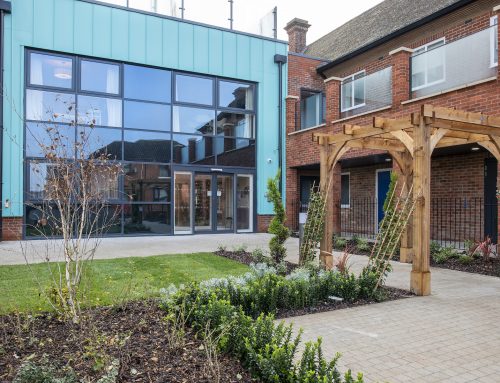Welcoming growth in the build-to-rent market
Build-to-rent (BTR) is a term used to describe purpose-built developments of houses or flats designed for rent rather than sale. Though a relatively new concept, this asset class is fast becoming an established force in the UK’s real estate market.
In many ways, BTR properties offer a solution to modern living concerns, providing cost-effective and high-quality living spaces. Critically, they also give tenants flexibility, with no need to raise a mortgage or finance stamp duty on a purchase, and provide an attractive rental stream for long-term investors.
Plenty of new and existing investors sought attractive returns in this sector in 2022, causing annual investment volumes to rise from around £2.9 billion to £3.2 billion between November 2021 and 2022. The most significant rental growth occurred in the third quarter of the year when rates grew by an impressive annualised 10%, largely matching inflation in the economy.
As we approach 2023, experts predict that the UK’s BTR market will grow rapidly as socioeconomic difficulties magnify the need for suitable rental stock. So, what benefits do BTR homes offer that other rental properties do not — and what development areas present the most promising opportunities for investors?
The landscape of renting in the UK
The cost-of-living and climate crises have highlighted problems within UK’s aged housing market.
As the bearer of the oldest housing stock in the world, a sizeable portion of the UK’s existing rental stock has outdated amenities — from inefficient lighting and central heating to poor insulation — leading to considerable energy waste and high utility bills.
Much of this stock (unless refurbished) will be unlettable from 1 April 2025, when the government will begin enforcing a requirement for UK properties to hold an energy performance certificate of C or above at the start of new lettings.
Furthermore, rented accommodation stock is shrinking as many private buy-to-let (BTL) investors sell out of their portfolios, as new tax and eviction rules make this sector materially less attractive. In some locations, diminishing stock is so severe that tenants are being turned away.
For example, the number of students signing up for university has risen, but the amount of accommodation available to house them has not. Therefore, some students are forced to rent from private landlords, live in an Airbnb or commute from nearby cities — expensive options that fall short of an authentic university experience.
Fortunately, there is a silver lining to these market shifts. With fewer private rental properties available and strong demand, institutional investors have plenty of room to develop and hold a significant BTR portfolio.
Forging the future of BTR
Real estate investors can make the most of the returns and breadth of opportunities presented by BTR market sectors by working with an experienced real estate asset management house like Rynda Property Investor.
By fostering strong, strategic partnerships with forward-thinking national and regional operators to generate attractive returns for our clients across the risk spectrum, we hope to expand our portfolio in the coming months.
To learn more about our dynamic and alternative investment strategies and expertise in the BTR market, call our team at +44 (0) 20 3709 9875 or fill out the form on our contact page.





